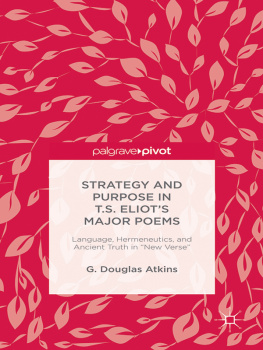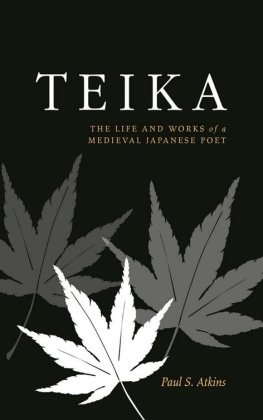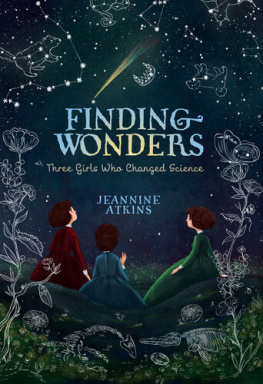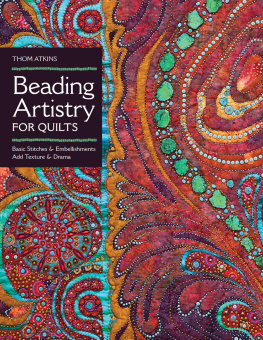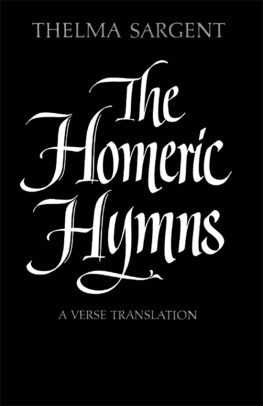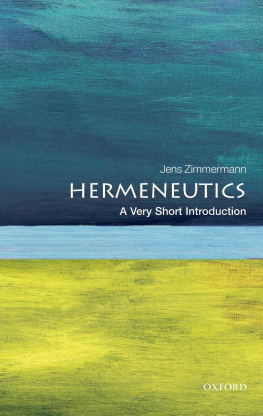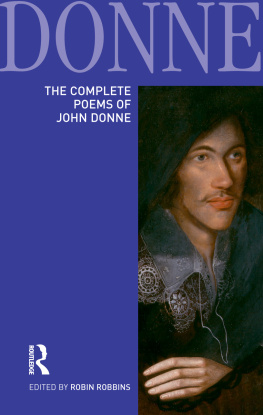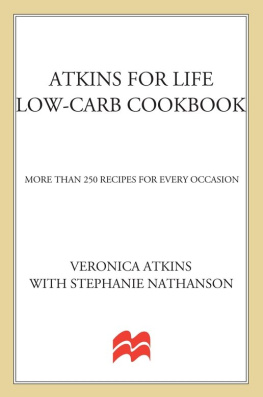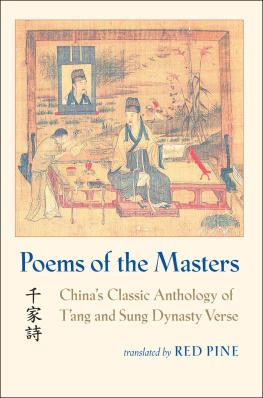Atkins - Strategy and Purpose in T.S. Eliots Major Poems: Language, Hermeneutics and Ancient Truth in New Verse
Here you can read online Atkins - Strategy and Purpose in T.S. Eliots Major Poems: Language, Hermeneutics and Ancient Truth in New Verse full text of the book (entire story) in english for free. Download pdf and epub, get meaning, cover and reviews about this ebook. year: 2016, publisher: Palgrave Macmillan, genre: Romance novel. Description of the work, (preface) as well as reviews are available. Best literature library LitArk.com created for fans of good reading and offers a wide selection of genres:
Romance novel
Science fiction
Adventure
Detective
Science
History
Home and family
Prose
Art
Politics
Computer
Non-fiction
Religion
Business
Children
Humor
Choose a favorite category and find really read worthwhile books. Enjoy immersion in the world of imagination, feel the emotions of the characters or learn something new for yourself, make an fascinating discovery.
- Book:Strategy and Purpose in T.S. Eliots Major Poems: Language, Hermeneutics and Ancient Truth in New Verse
- Author:
- Publisher:Palgrave Macmillan
- Genre:
- Year:2016
- Rating:5 / 5
- Favourites:Add to favourites
- Your mark:
- 100
- 1
- 2
- 3
- 4
- 5
Strategy and Purpose in T.S. Eliots Major Poems: Language, Hermeneutics and Ancient Truth in New Verse: summary, description and annotation
We offer to read an annotation, description, summary or preface (depends on what the author of the book "Strategy and Purpose in T.S. Eliots Major Poems: Language, Hermeneutics and Ancient Truth in New Verse" wrote himself). If you haven't found the necessary information about the book — write in the comments, we will try to find it.
Strategy and Purpose in T.S. Eliots Major Poems: Language, Hermeneutics and Ancient Truth in New Verse — read online for free the complete book (whole text) full work
Below is the text of the book, divided by pages. System saving the place of the last page read, allows you to conveniently read the book "Strategy and Purpose in T.S. Eliots Major Poems: Language, Hermeneutics and Ancient Truth in New Verse" online for free, without having to search again every time where you left off. Put a bookmark, and you can go to the page where you finished reading at any time.
Font size:
Interval:
Bookmark:
Strategy and Purpose in T.S. Eliots Major Poems
Also by G. Douglas Atkins
THE FAITH OF JOHN DRYDEN: Change and Continuity
READING DECONSTRUCTION/DECONSTRUCTIVE READING
WRITING AND READING DIFFERENTLY: Deconstruction and the Teaching of Composition and Literature (co-edited with Michael L. Johnson)
QUESTS OF DIFFERENCE: Reading Popes Poems
SHAKESPEARE AND DECONSTRUCTION (co-edited with David M. Bergeron)
CONTEMPORARY LITERARY THEORY (co-edited with Laura Morrow)
GEOFFREY HARTMAN: Criticism as Answerable Style
ESTRANGING THE FAMILIAR: Toward a Revitalized Critical Writing
TRACING THE ESSAY: Through Experience to Truth
READING ESSAYS: An Invitation
ON THE FAMILIAR ESSAY: Challenging Academic Orthodoxies
LITERARY PATHS TO RELIGIOUS UNDERSTANDING: Essays on Dryden, Pope, Keats, George Eliot, Joyce, T.S. Eliot, and E.B. White
T.S. ELIOT AND THE ESSAY: From The Sacred Wood to Four Quartets
READING T.S. ELIOT: Four Quartets and the Journey toward Understanding
E.B. WHITE: The Essayist as First-Class Writer
T.S. ELIOT MATERIALIZED: Literal Meaning and Embodied Truth
SWIFTS SATIRES ON MODERNISM: Battlegrounds of Reading and Writing
ALEXANDER POPES CATHOLIC VISION: Slave to no sect
T.S. ELIOT AND THE FAILURE TO CONNECT: Satire and Modern Misunderstandings
T.S. ELIOT, LANCELOT ANDREWES, AND THE WORD: Intersections of Literature and Christianity
SWIFT, JOYCE, AND THE FLIGHT FROM HOME: Quests of Transcendence and the Sin of Separation
T.S. ELIOT: The Poet as Christian
T.S. ELIOT AND THE FULFILLMENT OF CHRISTIAN POETICS
T.S. ELIOTS CHRISTMAS POEMS: An Essay in Writing-as-Reading and Other Impossible Unions

Strategy and Purpose in T.S. Eliots Major Poems: Language, Hermeneutics, and Ancient Truth in New Verse
G. Douglas Atkins
Professor Emeritus of English, University of Kansas, USA


STRATEGY AND PURPOSE IN T.S. ELIOTS MAJOR POEMS
Copyright G. Douglas Atkins, 2016.
All rights reserved.
First published in 2016 by
PALGRAVE MACMILLAN
in the United Statesa division of St. Martins Press LLC, 175
Fifth Avenue, New York, NY 10010.
Where this book is distributed in the UK, Europe and the rest of the world, this is by Palgrave Macmillan, a division of Macmillan Publishers Limited, registered in England, company number 785998, of Houndmills, Basingstoke, Hampshire RG21 6XS.
Palgrave Macmillan is the global academic imprint of the above companies and has companies and representatives throughout the world.
Palgrave and Macmillan are registered trademarks in the United States, the United Kingdom, Europe and other countries.
ISBN: 9781137581679 EPUB
ISBN: 9781137581617 PDF
ISBN: 9781137590572 Hardback
Library of Congress Cataloging-in-Publication Data is available from the Library of Congress.
A catalogue record of the book is available from the British Library.
First edition: 2016
www.palgrave.com/pivot
DOI: 10.1057/9781137581617
Contents
Preface
This little book is about Eliot and a way of seeing, which is (also) a way of reading that is inseparable from writing, understood as a putting-in-other-words. Thus it follows from, builds upon, and goes considerably beyond my recent T.S. Eliots Christmas Poems: An Essay in Writing-as-Reading and Other Impossible Unions: writing-as-reading is, fundamentally, putting-in-other-words. I offer this book deliberately as an essay, for it constitutes a trial, an attempt, at a way of reading that pertains and is applicable not just to the Modernist poet, essayist, and dramatist who gave rise to the idea in the first place.
The present book has been in a gestating state for some time, for as I have worked on Old Possum over the past several years, I have had the growing, strengthening sense that the thematic and rhetorical concerns and directions of Eliots poetry are mirrored in my own situation as reader and the demands those poems exact on me. I am not talking here just about the intersection of poem and reader, although that too matters fundamentally but also about both reader and poem confronting the same challenges, participating in a common condition of apprehension and expression.
Much more so than is generally recognized, Eliots works, from The Love Song of J. Alfred Prufrock to Four Quartets, bridging two World Wars, and being present both pre- and post-conversion to Anglo-Catholicism, have to do with the possibility of understanding and particularly with philosophical and literary questions of putting-in-other-words; it is thus a matter of hermeneutics. New readings of the poems emerge from this recognition, along with new understanding of Eliots thought and art. His thematic and rhetorical treatments of this central, abiding matter lead to theoretical considerations concerning reading itself, as well as, ultimately, to a relation with the critical Christian dogma of the Incarnation. The ideas playing out here are indeed, then, big, necessitating, gentle reader, that any proposals forthcoming be modestly offered and essayistic in character. And as commentator, I act as steward, trying to put myself in Eliots place, but never being forgetful that I put in other words, which means an intersection of text and me, and which results in a tension, never entirely resolved between text and reader both positive and productive.
My focus is three enigmatic, plaguing questions that keep popping up in Eliots poetry: first, words and their slipperiness and vulnerability to manipulation, the writers intolerable wrestling with them and with meanings, and thus the quest, present from Prufrock on, both to understand and to be understood, and the effort, culminating in Little Gidding, to locate and define rightness in expression; second, the divided, tensional character of the self, apparent in Prufrock (Let us go then, you and I), dramatized in The Waste Land (When I count, there are only you and I together), and culminating in Little Gidding, in the encounter with the familiar compound ghost; and third, the rock on which these scaffoldings rest, the reiterated issue of the relation of dying and birth, located at and as the very heart of the new dispensation that is Christian, that is, Incarnational, understanding. It may be seen that I am thus following Eliots precepts, for I am amalgamating disparate experience (The Metaphysical Poets). A relation exists as well with the hope, expressed in Ash-Wednesday: Six Poems, of restoring/ With a new verse the ancient rhyme. Strange as it may sound, the idea of putting-in-other-words is the common thread linking these three themes; indeed, it may be seen as a rhyme being expressed in new verse. Putting-in-other-words is what we do in an effort to elucidate for readers, for example; it is what we do in order to understand, in the first place; and it is what we do when we read well, when the critical ego speaks out to that part of us that is always dying, when the material body dies so that the spiritual body may live: all involve the structure in which putting-in-other-words participates.
Indeed, putting-in-other-words is the fundamental act by means of which Eliot accomplishes restoring/ With a new verse the ancient rhyme. It is also the primary act for critical (self-)examination in writing and beyond, and both this restoration and this (self-)examination are positively related to, if not inseparable from, return of the dead, of which Eliot speaks so often, particularly after his formal conversion to the Church of England and Anglo-Catholicism. We thus begin in and with textual and linguistic facts, indeed with words, which are never left behind (in favor of ideas), and we proceed a posteriori, following what Eliot calls the movement of thought. He describes, in his essay on Blaise Pascals
Next pageFont size:
Interval:
Bookmark:
Similar books «Strategy and Purpose in T.S. Eliots Major Poems: Language, Hermeneutics and Ancient Truth in New Verse»
Look at similar books to Strategy and Purpose in T.S. Eliots Major Poems: Language, Hermeneutics and Ancient Truth in New Verse. We have selected literature similar in name and meaning in the hope of providing readers with more options to find new, interesting, not yet read works.
Discussion, reviews of the book Strategy and Purpose in T.S. Eliots Major Poems: Language, Hermeneutics and Ancient Truth in New Verse and just readers' own opinions. Leave your comments, write what you think about the work, its meaning or the main characters. Specify what exactly you liked and what you didn't like, and why you think so.

